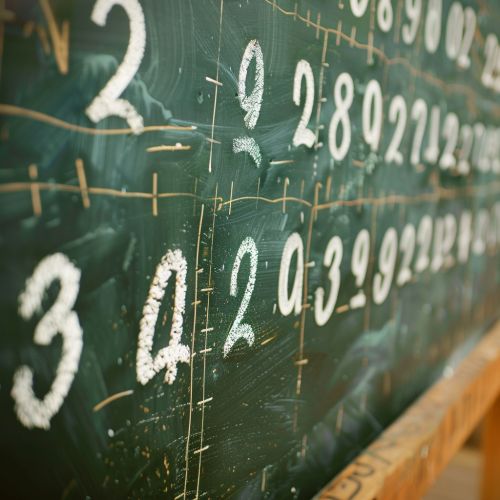Octal
Introduction
The octal numeral system, or oct for short, is a base-8 number system that uses the digits 0 to 7. Unlike the decimal system which is base-10, the octal system is a compact way to represent binary numbers because every three binary digits correspond to a single octal digit.


History
The use of octal dates back to ancient times. The Yuki people of California and the Pame of Mexico both used octal systems, as the eight-day week was common in Mesoamerica.
In the 19th century, Alfred B. Taylor proposed octal and hexadecimal systems for the convenient representation of binary numbers. His proposal was further popularized by the introduction of digital computers in the 20th century.
Representation
In the octal system, a number is represented by a string of digits, where each digit represents a power of eight. For example, the octal number 123 represents 1*8^2 + 2*8^1 + 3*8^0 = 64 + 16 + 3 = 83 in decimal.
Conversion
Octal to Decimal
To convert an octal number to decimal, each digit of the octal number is multiplied by the corresponding power of eight and the results are added together.
Decimal to Octal
To convert a decimal number to octal, the decimal number is divided by eight and the remainder is the least significant digit (rightmost) of the octal number. This process is repeated with the quotient until the quotient is zero.
Binary to Octal
To convert a binary number to octal, the binary number is grouped into sets of three digits from right to left, and each group is replaced with the corresponding octal digit.
Octal to Binary
To convert an octal number to binary, each digit of the octal number is replaced with the corresponding three-digit binary number.
Usage
Octal is used in computer science because it's a more human-friendly representation of binary code. It's used in some programming languages, such as C, Perl, and Java, to represent character values.
Advantages and Disadvantages
Octal has the advantage of being more compact than binary while still maintaining a direct relationship with binary. However, it's less compact than hexadecimal and less familiar to most people than decimal.
